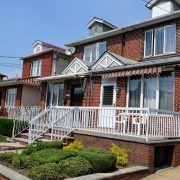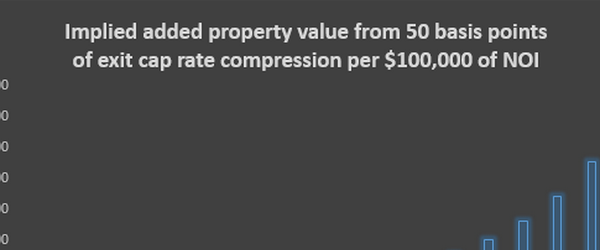Housing demand analysis seeks to measure three basic dimensions of housing demand:
1. Type of unit: How many units of each of the different types of housing will be in demand over the investment horizon: old units, new units, rehab units, single family units, townhouses, apartments. For example, if the property considered is an apartment, then housing demand analysis needs to answer the question of how many apartment units will be demanded over the period of analysis in the market within which the property under consideration is competing.
2. Subtype of Housing Unit: Once we have an estimate of the number of units of the particular type analyzed that is expected to be in demand in the local market, we need to decompose this figure further into demand for different subtypes of units. For example, if the focus is on apartments, we need to break down the demand for apartments to demand for studios, one-bedroom units, two-bedroom units, three-bedroom units and more than 3-bedroom units.
3. Quality of Housing Unit: Housing demand analysis is not complete yet as the above two dimensions of housing type and subtype do not completely define the housing product and its target segment. Once we have an estimate of the number of units of the particular type and subtype that is expected to be in demand in the local market, we need to decompose this figure further into demand for different qualities. For example, households demanding a high quality 2-bedroom apartment will not settle for a medium or low quality 2-bedroom apartment. Therefore, to estimate effective demand for the particular apartment property that is analyzed we need to disaggregate the aggregate demand forecast for the particular subtype of apartment (let’s say 2-bedroom apartment) to demand for at least three major quality subcategories: high-quality, middle quality and low-quality.
The aggregate demand for additional housing units in a market can be estimated from forecasts of household growth. The expected increase in the number of households over the period of analysis provides an estimate of the increase in the aggregate demand for housing units in a market.
In order to decompose this demand into different types, subtypes and qualities of housing units we need to have a forecast of the age and income distribution of these new households. Households in young ages 15-25 will likely demand studios or one bedroom apartments, while households in ages of 25-35 which is the family-launching stage will demand mostly apartments of 1-2 bedrooms. Households aged between 35-55 years old represent the mature-family stage demanding single-family units and generally larger houses/apartments. Households over 55 represent mostly the “empty-nest” stage requiring mostly smaller 1-bedroom units.
The income distribution of households by high, middle and low income categories is also very important for housing demand analysis because it can help quantify the demand in terms of respective qualities of housing units




































Comments